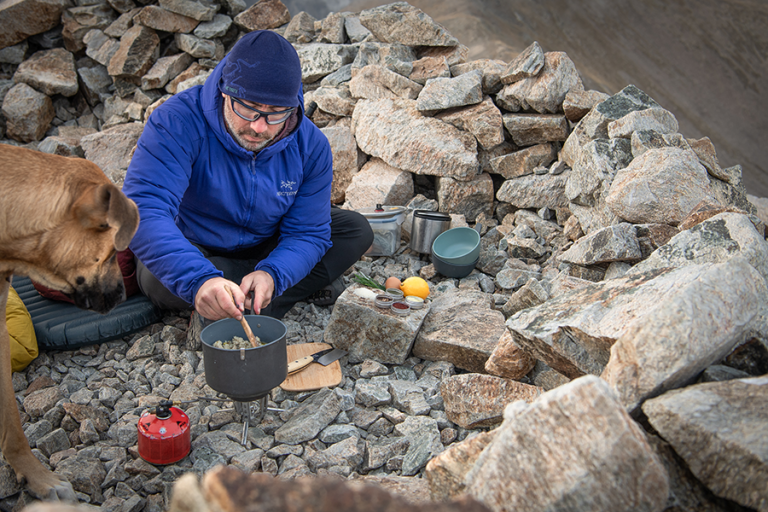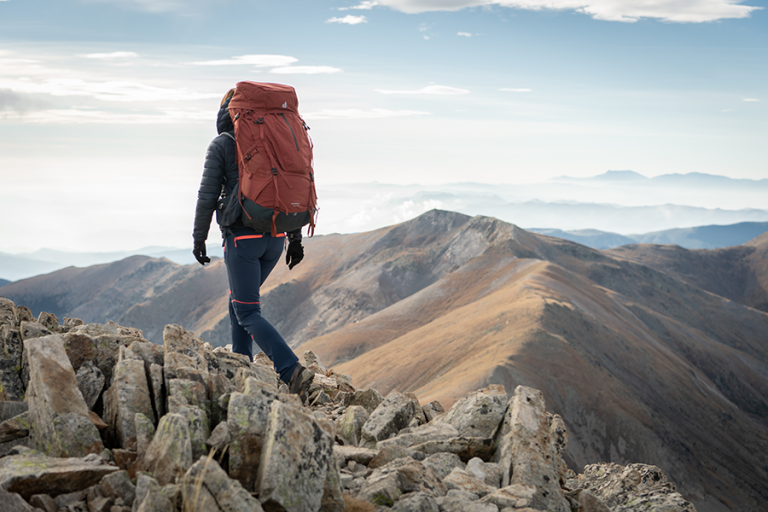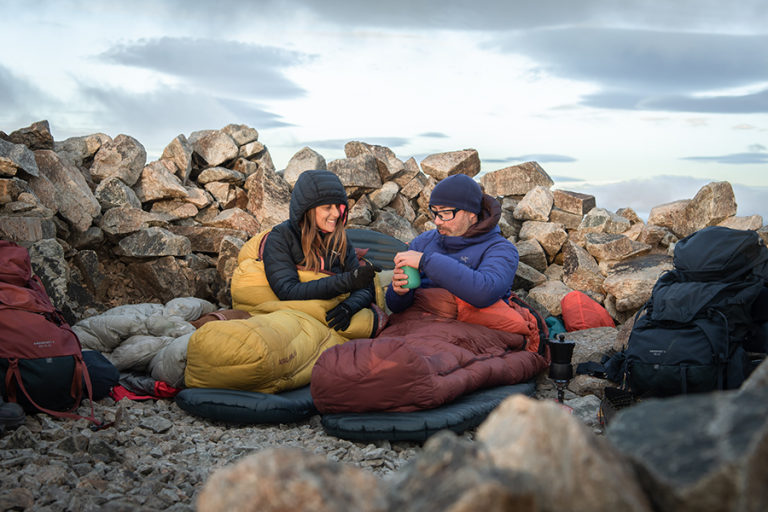-
-
Kundenkonto
-
Mein Warenkorb
lädt...
Aufgrund einer Systemumstellung 🛠️💻 kommt es derzeit zu Lieferverzögerungen!

Kieran is an expedition and private chef and International mountain leader with more than 20 years experience cooking and leading in a wide variety countries and on vastly differing terrains and climates around the world.
He is a freelance contributing editor for Sidetracked Magazine, having started off with an outdoor cooking pitch three years ago.
Over the past few years he’s also produced gourmet outdoor recipes for a number of print and online magazines including Adventure.com, Ripcord Adventure Journal, Garden Heaven and the Irish Independent Weekend supplement.

He gives us the most important tips for cooking outdoors and what to look for. In addition, he has designed for us a few simple and delicious recipes for trekking!
But let’s start with the general tips before we get to the cooking.
Go directly to the recipes here.
Additionally we will also be constrained by other factors:
For now, given it’s late summer, we will minimise the use of meat of fish, due to the issues of temperature control.
Another key issue with food in the outdoors, is, all too often we leave buying supplies until the last minute.
When this happens, we either buy too much food, not enough variety, or buy food filled with lots of preservatives. Far better to plan as many of your meals and snacks in advance.
This way, you:
Here are some simple tips about eating for outdoor adventures.
For optimal performance, you should eat between 2 and 4 hours before activity, which leaves enough time for your body to top up glycogen stores.
Sample meals:

For most activities lasting less than 1 hour, consuming anything other than water is unnecessary, providing you have adequately topped up your glycogen stores.
However, if you are exercising for more than 1 hour, based on studies from the University of Texas, consuming 20-60g carbohydrate per hour during activity helps delay fatigue, and improve endurance.
Choose moderate to high GI carbohydrate sources which convert to blood sugar rapidly:
NB: For high intensity activity e.g trail running, it’s advisable to use high GI food sources with low fibre, as high dietary fibre in the food may, in turn, necessitate the need to poop on the side of the trail!
The best time to refuel is as soon as a possible after exercise. In the first two hours, glycogen replenishment is at its most rapid, typically 130-150% of the normal rate. For the next 4 hours, the rate is still elevated, but at a lower level. Refuelling early is critical for those who will be physically active multiple times in a day.
Recovery food note:
Combining protein with carbohydrate has been shown in multiple studies to be more effective in promoting muscle glycogen recovery and muscle tissue growth compared with carbohydrate alone.
Post activity snacks:

And now you’re ready to go!
Find our delicious, easy and outdoorsy recipes from Kieran here.
Kein Problem: die Registrierung dauert nur einen kurzen Moment.
Registriere dich in zwei einfachen Schritten. Wir freuen uns dich Willkommen zu heißen!